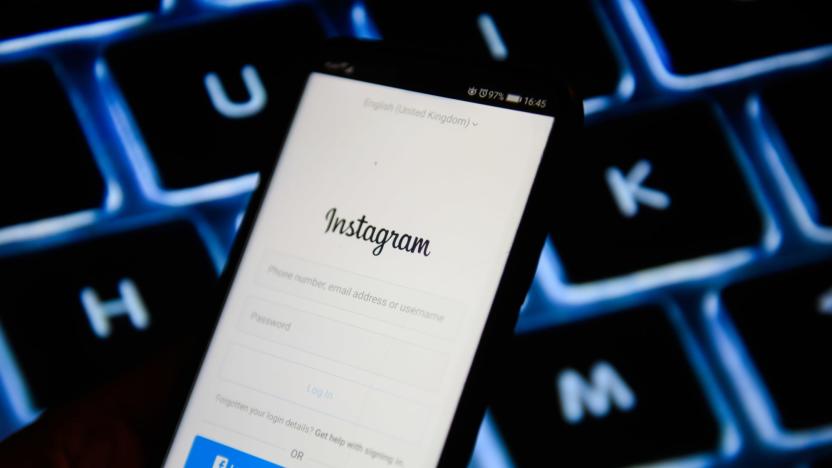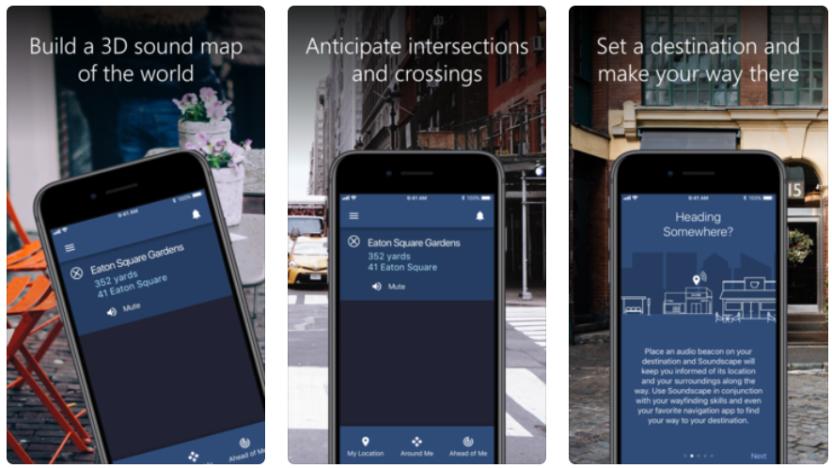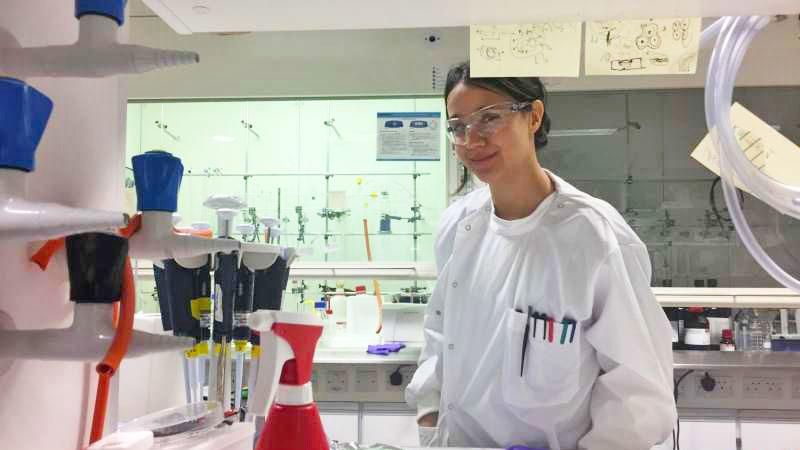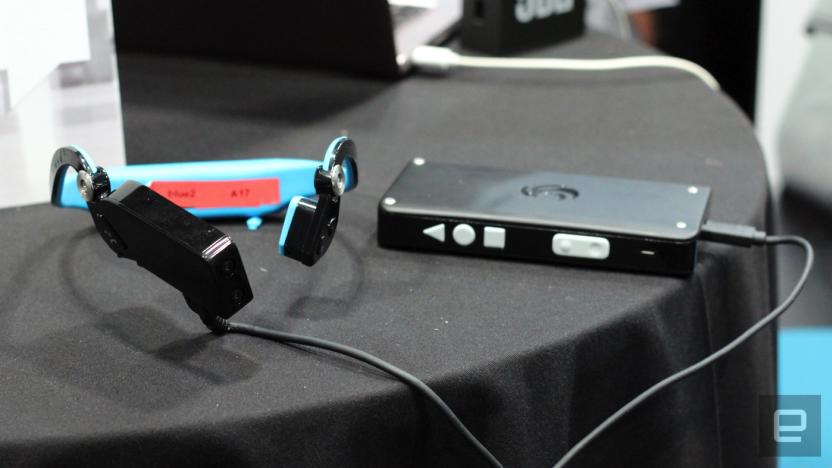VisualImpairment
Latest

Instagram adds new photo descriptions for visually impaired users
Instagram announced today a plan to make its platform more accessible for visually impaired users. The company is introducing alternative text for photos that provide a description of a given image. Those descriptions can be read by screen readers so visually impaired readers can hear about the photos in their feed.

Microsoft's navigation tech for the blind is now an app
Microsoft has been working on its 3D soundscape technology for years. In 2014 it developed a bone-conducting headset to help visually impaired people navigate around cities using audio cues, and now that technology is available in app form, allowing users to pinpoint their location and identify areas of interest using only their phones and a stereo headset.

Soft, synthetic retinas may offer a better implant solution
Scientists have been trying to replace retinas in otherwise healthy eyes to help people suffering from diseases like retinitis pigmentosa. Unfortunately, earlier efforts were only able to use rigid, hard materials, which are very different from the natural retina. A researcher at Oxford University, however, has created a synthetic retina made of biological materials to better match natural human tissues. The study, titled "Light-Patterned Current Generation in a Droplet Bilayer Array" was published this April in Scientific Reports.

Computer vision may help the blind see the world
The world is getting better at combining machine learning and computer vision, but it's not just cars and drones that benefit from that. For instance, the same technology could be used to dramatically improve the lives of people with visual impairments, enabling them to be more independent. One of the startups looking to do just that is Eyra, which is showing off a wearable called Horus that could help the blind "see."

Tactile 3D maps could help blind people navigate
Scientific American is reporting that a team of researchers at the Aristotle University of Thessaloníki in Greece have created a system that can convert video into tactile, three dimensional maps designed to help blind people navigate. So called "haptic maps" have apparently been developed before, but the new system works with standard video camera equipment. These maps are created by using software that maps a series of points to a virtual 3D space: a special glove and wand then apply forces to the fingers to simulate these virtual space points. The system can also simulate 3D street maps where the user can "run a finger or wand down the grooved roads of the virtual map" and have street names spoken to them using speech synthesis. This isn't the end of the problem however, as visually impaired people will still need a guide dog or cane to avoid smaller obstacles like potholes. There's also a great deal of potential here for fully sighted people: Dan Jacobson, co-chair of the International Cartographic Association's commission mentions that it could convey information about things that are not in view, and with a growing minority of sighted people trusting their gadgets more than their eyes, we'd tend to agree.[Via Primidi, Image credit]



